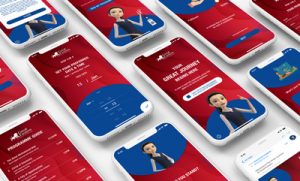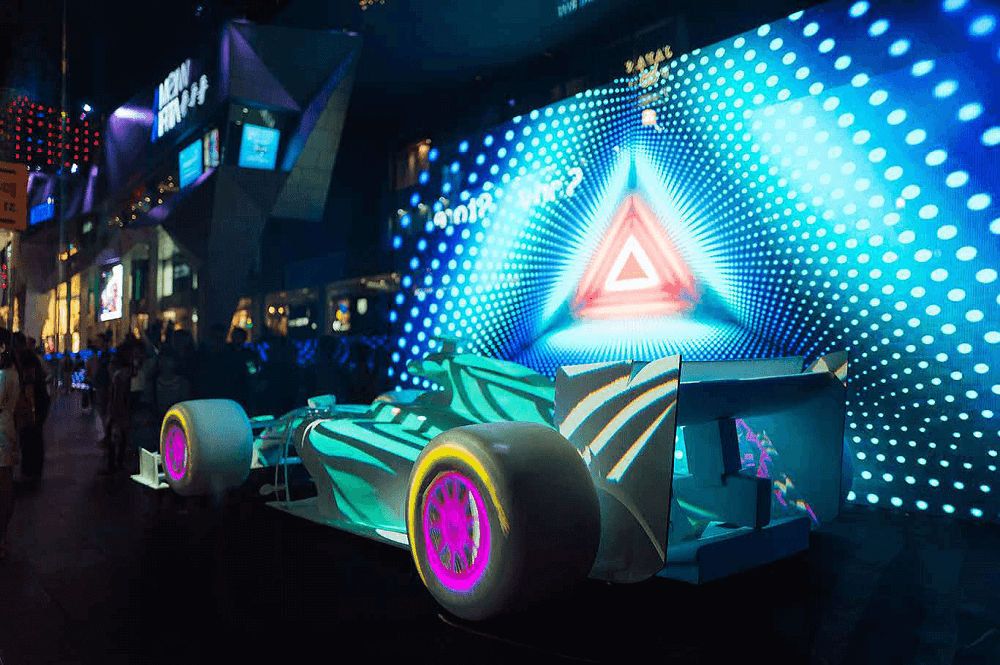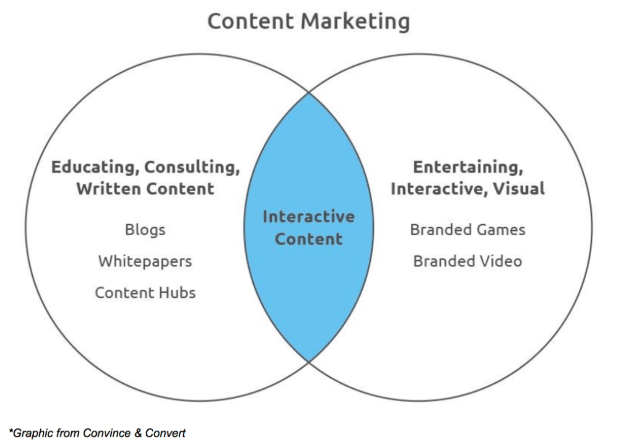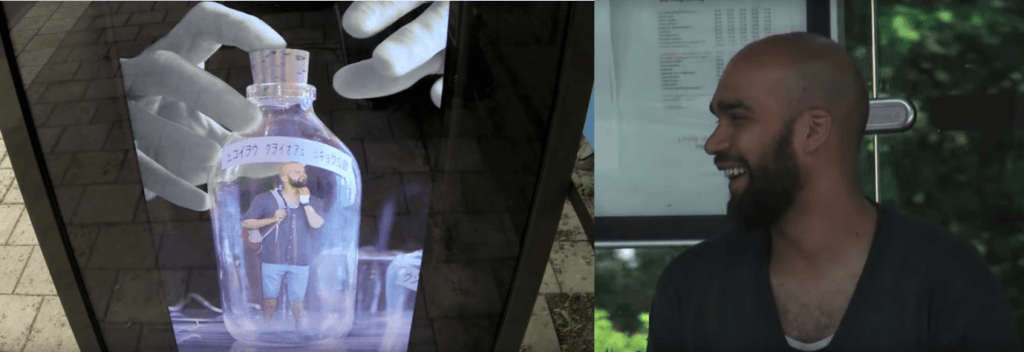Technology has become ubiquitous in our everyday lives. From browsing social media on our smartphones to sending emails on our computers, a huge portion of our time is spent with a digital device. Among the trending topics in the technological sphere are Artificial Intelligence, Virtual Reality and Augmented Reality, to name a few. Technology has revolutionised life as we know it. Through the lens of a business, many opportunities have been created in the form of interactive digital experiences. Yet, many businesses around the globe are still not aware of its potential. According to the State of the Connected Customer Survey, at least 66% of people actively seek to buy from the most innovative companies. In this article, we seek to delve into the various aspects of what makes interactive digital experiences so enticing to the average consumer.
To gain a better understanding of this digital trend, we first need to look at what came before it.
The Evolution of Business Communication
The definition of business communication can be summed up to be information sharing between people inside and outside a business, like consumers and colleagues. Looking at integrated marketing, the formula, at its core, is ensuring a seamless experience when a user comes into contact with the business. An expansive integrated marketing strategy would consists of a plethora of touchpoints the general public can engage with. In this day and age, people can be engaged through a slew of touchpoints that make use of internet infrastructure. An example would be interactive projections.
In collaboration with Formula One (F1), Trinax created an attraction that grabbed the attention of onlookers and instilled amazement throughout its debut. During F1’s annual Grand Prix in Singapore, we launched an interactive 3D projection for the purpose of entertaining guests at the highly acclaimed sporting event. The main draw of the exhibit was a life-size F1 race car that could be illuminated with customised designs made by visitors at the event, with the assistance of QR codes and microsites. The microsites allowed patrons to design the race car according to their taste and visitors could see their own personal designs come to life using 3D projection mapping technology. Special Lighting and visual effects culminate to project the user’s design onto the full-scale sports car which garnered shock and awe in both the users and people surrounding it.
(Image of the Interactive 3D Projection campaign with Formula One)
The last decade has seen business communication transition, from a purely offline process, to utilising integrated digital marketing as a method to engage the consumer and facilitate Online-to-Offline interactions. Numerous corporations have started adopting some form of interactive digital experience to demonstrate innovation in how they communicate with their audience and, in turn, could potentially be regarded as pioneering and inventive.
Unconventional Consumer Engagement
(A Venn diagram about Content Marketing, source: digitalmarketinginstitude.com)
Conventional forms of marketing have been exhausted by countless advertising agencies and 2019 has seen companies take to interactive digital solutions as a means for getting their brand known.
Coca-Cola launched an event that streamed a live feed, through a kiosk, from 2 countries that are extremely far apart, Singapore and Finland. The event was held during the Christmas period when it was snowing in Finland, which Singapore does not encounter. Locals in Finland could scoop up snow, toss it into the kiosk and make Singapore’s kiosk churn out artificial snow, to the delight of Singaporeans.
(Locals in Finland waving to Singapore citizens, source: youtube.com)
Adobe, creators of Photoshop, embarked on a marketing campaign to showcase the capabilities of their world famous photo editing software. They took a photo of a commuter standing at a bus stop, discretely through a stationary van, and edited the photo from inside the vehicle. The editing process was streamed to the billboard of the bus stop for the commuter’s amusement as his photo was edited into a peculiar background.
(A commuter amused by his picture being edited on the billboard, source: youtube.com)
At surface level, these campaigns may seem to be publicity stunts. However, these unusual marketing campaigns are made for the purpose of brand awareness. They proliferate positive emotions, like humour and joy, among consumers when they think of the company. According to a study done by Content Marketing Institute, 81% of participants agreed that interactive content grasps attention more effectively than static content. These unexpected marketing strategies will be memorable to the people that were engaged by it and, in turn, those people will associate the brand with that advertising campaign.
The Business Side of Things
On the topic of how beneficial digital experiences are from a business standpoint, there are many aspects which result in cost-savings in both consumer conversion and financial statements.
Consumer conversion rates are likely to rise due to the emotional associations between the digital experience and the company. 75% of participants agreed that non-gated (without the need for providing personal information) interactive content results in a higher degree of lead nurturing and 79% agreed that interactive content results in repeat visitors and multiple exposures. It is sensible to think that content which is alive and reciprocal satisfies the consumer more than words and pictures on a piece of paper. Naturally, this leads to higher consumer conversion rates due to the refreshing and enjoyable content.
A higher consumer conversion rate, more often than not, leads to an increase in sales. With more customers purchasing a product or service, revenue will rise. Even though the cost of developing and manufacturing interactive digital experiences may seem costly at first, it is mostly a one-off expense. In comparison, hiring salespersons and brand ambassadors incur monthly labour charges which could exceed the costs of building a permanent digital exhibit after a period of time.
A quick glance may imply that venturing into digital marketing will cause significant losses for the company. However, if we take a more in-depth approach, the potential for financial gain in the long run is exponential. The world is undergoing a technological shift, with it comes several opportunities for businesses to profit.
Brand Image and Loyalty
Incorporating digital experiences as part of your marketing strategy brings up implications of being modern and forward-thinking. It represents a company’s ambition to be in tune with this everchanging world and its resistance to sluggish development. Content Marketing Institute shows that 66% of respondents agreed that combining traditional content marketing tactics with interactive content enhances retention of an organisation’s message. Thus, it can be said that marketing and digital experiences go in tandem to create content, centred around a brand or business, that is engaging and more likely to be retained because of its interactivity.
Many conglomerates have leveraged on the concept of interactive digital marketing to create a positive brand image for themselves.
Kolle-Rebbe, a German advertising agency, launched a campaign to raise funds for charity by placing a kiosk in an airport, named the SocialSwipe. The kiosk had a slot for potential donors to swipe their credit card and donate 2 euros, which is the amount needed to provide a day’s meal for a family in Peru. The screen displayed either one of 2 situations: a loaf of bread that could be sliced to represent providing for a Peruvian family or a child bound by ropes that could be severed to represent helping a child in poverty attain freedom.
(Patrons inspecting the donation kiosk, source: kolle-rebbe.de)
Trinax created Singapore’s first physi-digital endless runner game that allowed visitors to play an endless runner, that is seen mostly on smartphones, with their bodies instead of just their hands. The project was done in partnership with Manulife and brought about a boon in brand image for them along with potential brand loyalty. Manulife would be seen as actively engaging in the lives of its policyholders through technological means.
(An endless runner game by Trinax in collaboration with Manulife)
Companies that were once thought off as mundane and old-fashioned can use these modern marketing concepts to communicate to their audience that they are up-to-date with present day trends. It revitalises their brand image and garners brand loyalty from their customers by conveying their intent to stay relevant throughout the decade.
Taking Advantage of The Digital Revolution
It has become clear that companies are looking to digitalise their marketing strategies. From Adobe to Manulife to Coca-Cola, businesses around the world are starting to see the intrinsic value that an interactive digital experience offers and the aesthetic appeal it has on consumers. We are at the stage where the digital age is not arriving, but has arrived and replaced many non-electric procedures. The need for laborious work from human beings is on the decline with the introduction of computers that have an ever-expanding repertoire of actions it is capable of. MNCs and SMEs alike would benefit from modernising the way they do business and take advantage of this digital age currently being experienced by society as a whole.












